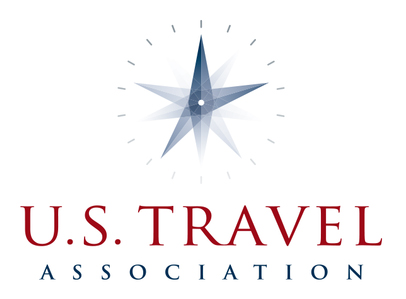
The US Travel Association (USTA) is out with its biannual forecast, which tracks and predicts travel trends through 2026 to and from the United States, including leisure and business travel. The travel sector, especially leisure, has been experiencing a post-pandemic bump as evidenced by the recent Memorial Day weekend, which saw a record level of air travel that, for the first time, surpassed pre-COVID levels.
According to data from the report:
Domestic Leisure Travel: Domestic leisure travel is expected to remain strong, but with stabilized rates of growth (around 2 percent) through 2024. Volume is expected to grow faster year-over-year than inflation-adjusted spending in 2024 and beyond.
Domestic Business Travel: Both volume and spending in domestic business travel is expected to grow—albeit more slowly—largely due to economic conditions. While business travel will continue recovering, with both volume and spending at double-digit growth in 2023, it is expected that growth in inflation-adjusted spending will be slower than volume in 2024 and beyond. Business travel volume is not expected to recover to 2019 levels until 2025, while inflation-adjusted spending is not expected to recover within the range of the forecast.
International Inbound Travel: The inbound travel forecast was upgraded due to strong demand from the Canadian market, as well as stronger expectations from key overseas markets such as Brazil. Year-over-year, inbound travel volume is projected to grow 31 percent in 2023 and 18 percent in 2024, while inflation-adjusted spending is projected to grow 34 percent in 2023 and 19 percent in 2024. Volume in this sector is projected to recover by 2025, while inflation-adjusted spending will not recover until 2026.
“Robust domestic leisure travel demand has been the driving force in the overall industry’s post-pandemic comeback,” said USTA President & CEO Geoff Freeman. “Though the surge we experienced in the last year is starting to moderate, we expect this segment to remain resilient in coming quarters.”
In order to continue with the recovery and foster growth of the sector in the future, USTA cites four key federal policy areas that would assist in those goals, including improving the overall air travel experience through the Federal Aviation Administration reauthorization bill; lowering US visitor visa interview wait times, which currently exceed an average of 500 days in top visa-requiring inbound markets; reducing Customs wait times at domestic airports and other ports of entry experiencing excessive delays; and increasing federal prioritization and focus on travel industry growth, as other countries have done.
“Travel is essential to growing the US economy and workforce, so the federal government must enact policies to ensure our industry is able to meet demand in coming years,” said Freeman.
The full report is available here.
Visit ustravel.org for more information.
[06.20.23]

